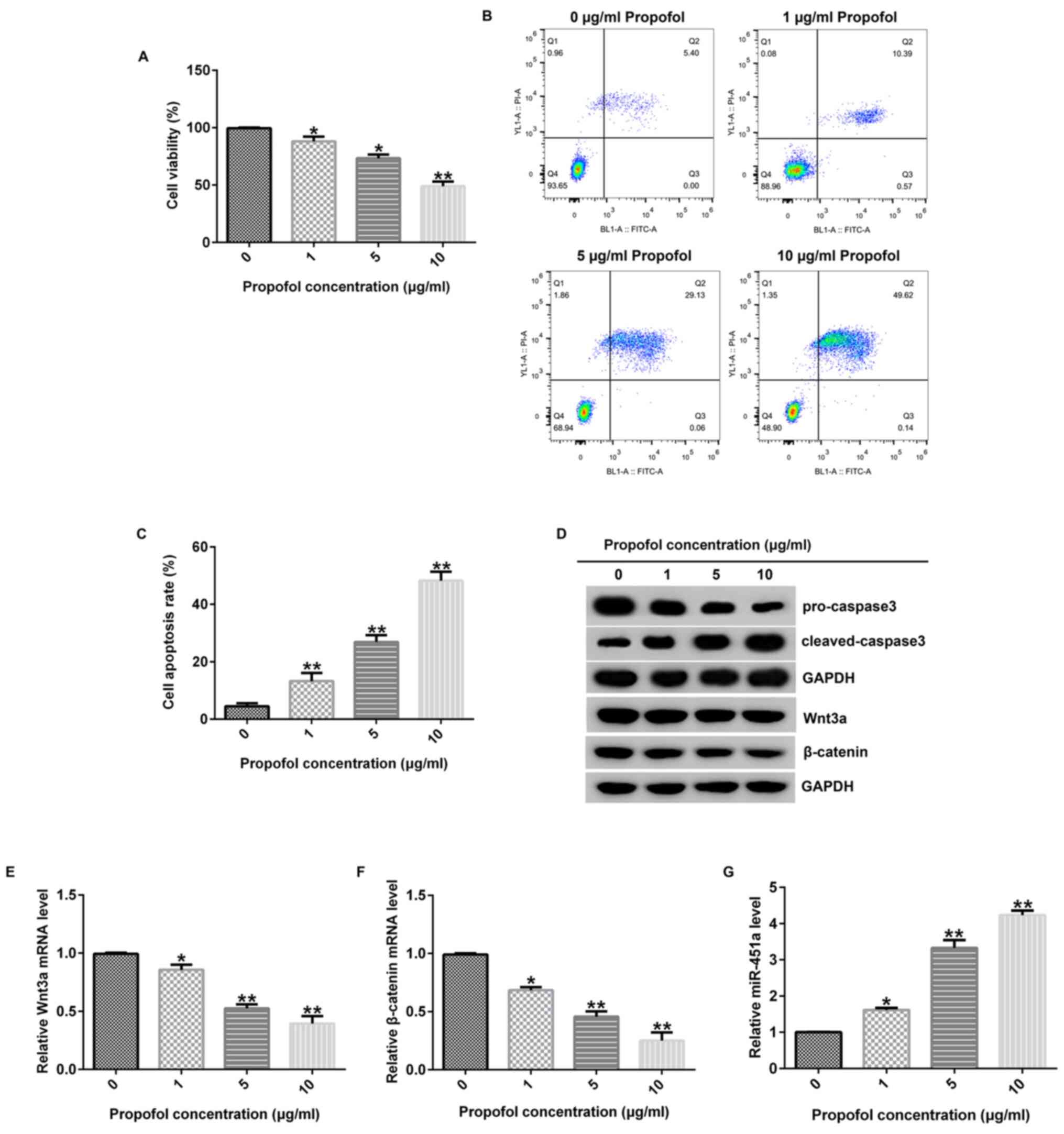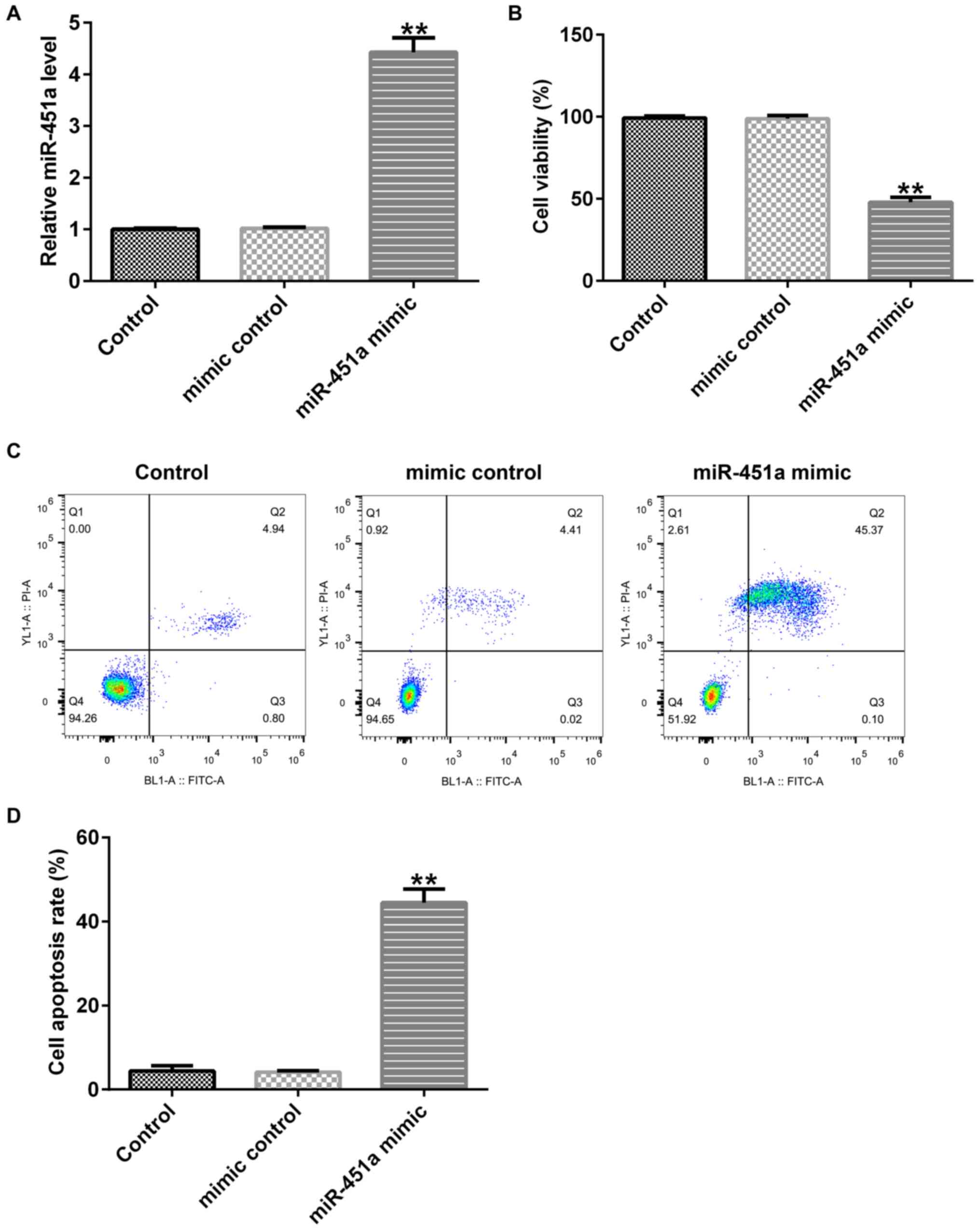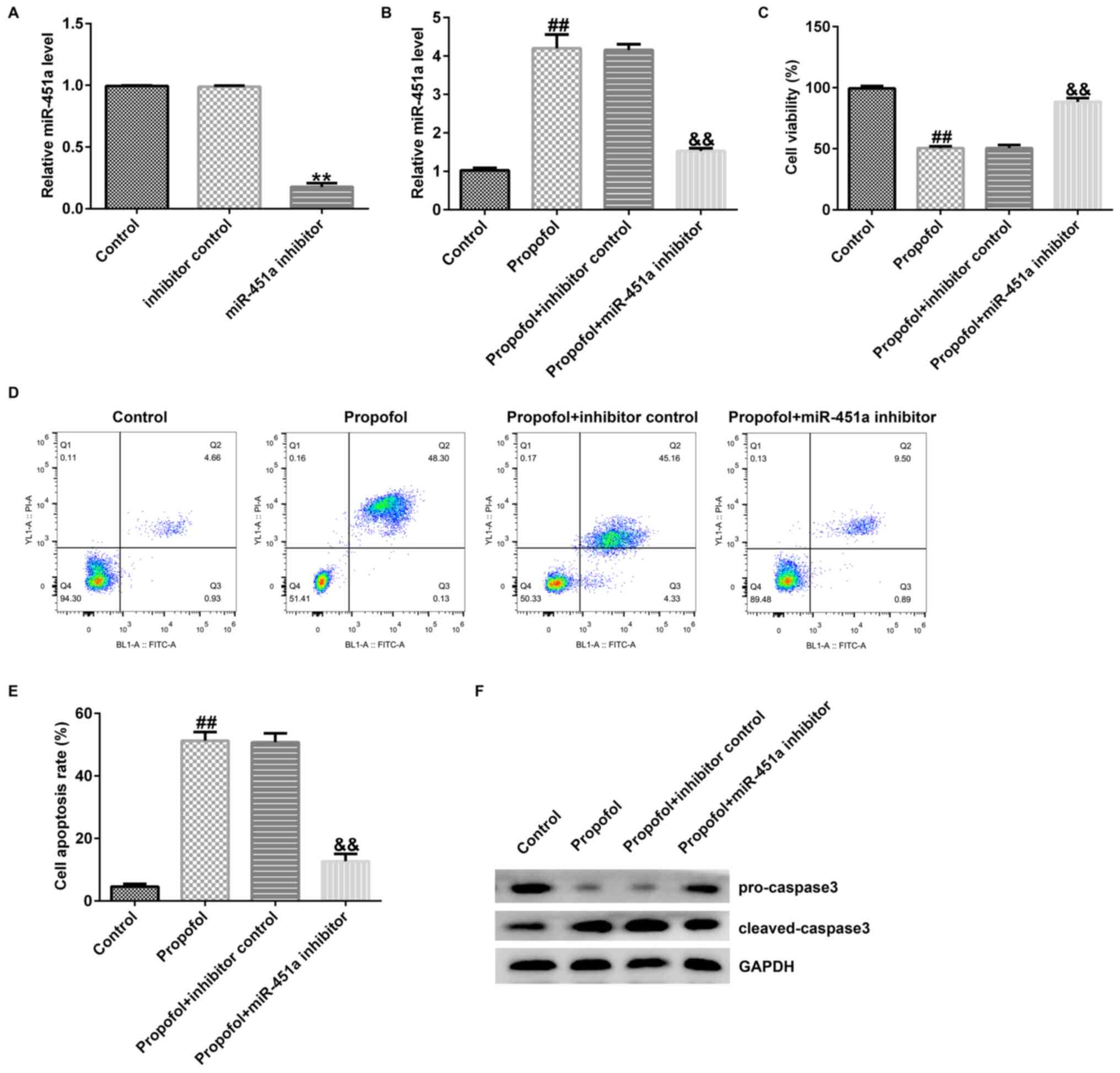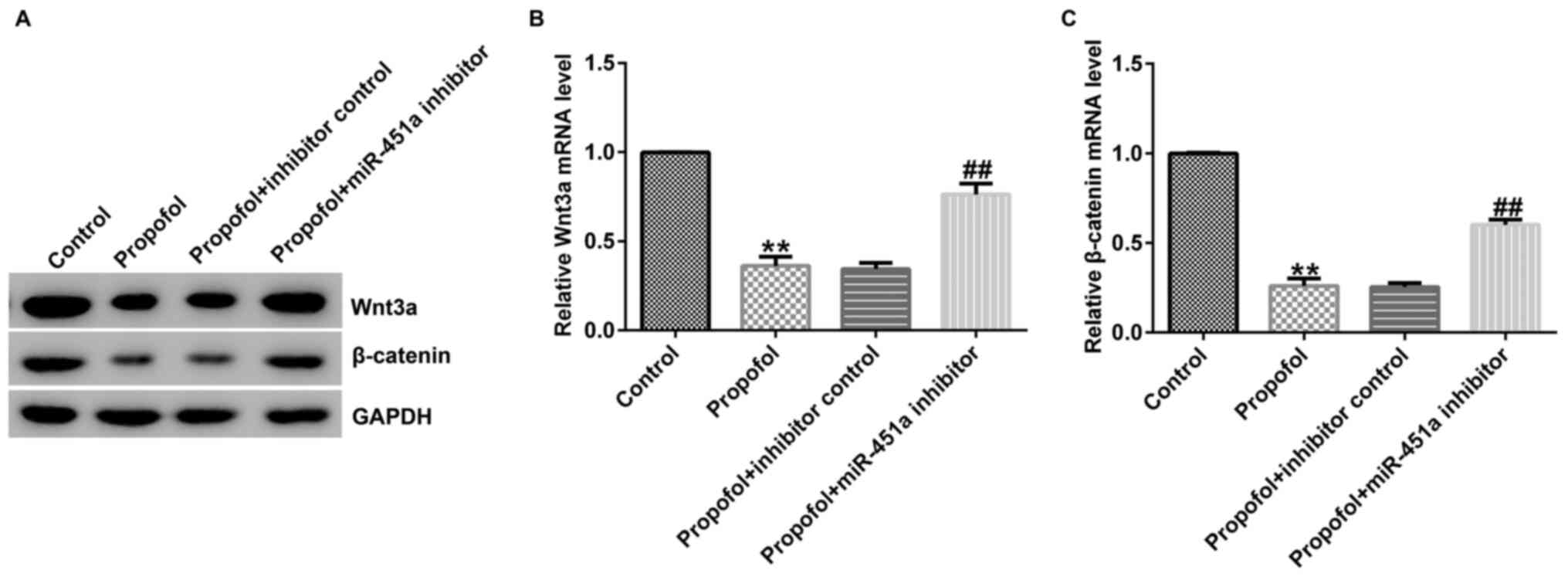|
1
|
Li X, Zhang T, Li S, Deng Y, Wang L, Tao
T, Wang S, Gu Y, Gu W, Hong J, et al: Correlation between glucose
metabolism and serum steroid hormones in patients with polycystic
ovary syndrome. Clin Endocrinol (Oxf). 92:350–357. 2020.PubMed/NCBI View Article : Google Scholar
|
|
2
|
Xie L, Zhang D, Ma H, He H, Xia Q, Shen W,
Chang H, Deng Y, Wu Q, Cong J, et al: The effect of berberine on
reproduction and metabolism in women with polycystic ovary
syndrome: A systematic review and meta-analysis of randomized
control trials. Evid Based Complement Alternat Med.
2019(7918631)2019.PubMed/NCBI View Article : Google Scholar
|
|
3
|
Berger JJ and Bates GJ: Optimal management
of subfertility in polycystic ovary syndrome. Int J Womens Health.
6:613–621. 2014.PubMed/NCBI View Article : Google Scholar
|
|
4
|
Dong Z, Huang J, Huang L, Chen X, Yin Q
and Yang D: Associations of acanthosis nigricans with metabolic
abnormalities in polycystic ovary syndrome women with normal body
mass index. J Dermatol. 40:188–192. 2013.PubMed/NCBI View Article : Google Scholar
|
|
5
|
Bednarska S and Siejka A: The pathogenesis
and treatment of polycystic ovary syndrome: What's new? Adv Clin
Exp Med. 26:359–367. 2017.PubMed/NCBI View Article : Google Scholar
|
|
6
|
Zhang YF, Li CS, Zhou Y and Lu XH: Effects
of propofol on colon cancer metastasis through STAT3/HOTAIR axis by
activating WIF-1 and suppressing Wnt pathway. Cancer Med.
9:1842–1854. 2020.PubMed/NCBI View Article : Google Scholar
|
|
7
|
Li X, Huang L, Zhao Z, Bo L, Kang R, Yang
J and Dong Z: The protective effect of the Rho-kinase inhibitor
hydroxyfasudil on propofol-induced hippocampal neuron apoptosis in
neonatal rats. Int J Clin Exp Pathol. 11:4562–4570. 2018.PubMed/NCBI
|
|
8
|
Ni YJ, Lu J and Zhou HM: Propofol
suppresses proliferation, migration and invasion of gastric cancer
cells via regulating miR-29/MMP-2 axis. Eur Rev Med Pharmacol Sci.
23(10177)2019.PubMed/NCBI View Article : Google Scholar
|
|
9
|
Li Y, Dong W, Yang H and Xiao G: Propofol
suppresses proliferation and metastasis of colorectal cancer cells
by regulating miR-124-3p.1/AKT3. Biotechnol Lett. 42:493–504.
2020.PubMed/NCBI View Article : Google Scholar
|
|
10
|
Gao Y, Yu X, Zhang F and Dai J: Propofol
inhibits pancreatic cancer progress under hypoxia via ADAM8. J
Hepatobiliary Pancreat Sci. 26:219–226. 2019.PubMed/NCBI View
Article : Google Scholar
|
|
11
|
Yang N, Liang Y, Yang P, Yang T and Jiang
L: Propofol inhibits lung cancer cell viability and induces cell
apoptosis by upregulating microRNA-486 expression. Braz J Med Biol
Res. 50(e5794)2017.PubMed/NCBI View Article : Google Scholar
|
|
12
|
Xue Y, Lv J, Xu P, Gu L, Cao J, Xu L, Xue
K and Li Q: Identification of microRNAs and genes associated with
hyperandrogenism in the follicular fluid of women with polycystic
ovary syndrome. J Cell Biochem. 119:3913–3921. 2018.PubMed/NCBI View Article : Google Scholar
|
|
13
|
Vicchio TM, Aliquò F, Ruggeri RM, Ragonese
M, Giuffrida G, Cotta OR, Spagnolo F, Torre ML, Alibrandi A,
Asmundo A, et al: MicroRNAs expression in pituitary tumors:
Differences related to functional status, pathological features,
and clinical behavior. J Endocrinol Invest. 43:947–958.
2020.PubMed/NCBI View Article : Google Scholar
|
|
14
|
Rashad NM, Ateya MA, Saraya YS, Elnagar
WM, Helal KF, Lashin ME, Abdelrhman AA, Alil AE and Yousef MS:
Association of miRNA-320 expression level and its target gene
endothelin-1 with the susceptibility and clinical features of
polycystic ovary syndrome. J Ovarian Res. 12(39)2019.PubMed/NCBI View Article : Google Scholar
|
|
15
|
Geng Y, Sui C, Xun Y, Lai Q and Jin L:
MiRNA-99a can regulate proliferation and apoptosis of human
granulosa cells via targeting IGF-1R in polycystic ovary syndrome.
J Assist Reprod Genet. 36:211–221. 2019.PubMed/NCBI View Article : Google Scholar
|
|
16
|
Jiang L, Li W, Wu M and Cao S: Ciculating
miRNA-21 as a biomarker predicts polycystic ovary syndrome (PCOS)
in patients. Clin Lab. 61:1009–1015. 2015.PubMed/NCBI View Article : Google Scholar
|
|
17
|
Fan X and Zhao Y: miR-451a inhibits cancer
growth, epithelial-mesenchymal transition and induces apoptosis in
papillary thyroid cancer by targeting PSMB8. J Cell Mol Med.
23:8067–8075. 2019.PubMed/NCBI View Article : Google Scholar
|
|
18
|
Wei GY, Hu M, Zhao L and Guo WS: MiR-451a
suppresses cell proliferation, metastasis and EMT via targeting
YWHAZ in hepatocellular carcinoma. Eur Rev Med Pharmacol Sci.
23:5158–5167. 2019.PubMed/NCBI View Article : Google Scholar
|
|
19
|
Shen YY, Cui JY, Yuan J and Wang X:
MiR-451a suppressed cell migration and invasion in non-small cell
lung cancer through targeting ATF2. Eur Rev Med Pharmacol Sci.
22:5554–5561. 2018.PubMed/NCBI View Article : Google Scholar
|
|
20
|
Díaz M, Bassols J, López-Bermejo A, de
Zegher F and Ibáñez L: Low circulating levels of miR-451a in girls
with polycystic ovary syndrome: Different effects of randomized
treatments. J Clin Endocrinol Metab. 105(dgz204)2019.
|
|
21
|
Tatone C and Amicarelli F: The aging
ovary-the poor granulosa cells. Fertil Steril. 99:12–17.
2013.PubMed/NCBI View Article : Google Scholar
|
|
22
|
Artimani T, Saidijam M, Aflatoonian R,
Ashrafi M, Amiri I, Yavangi M, SoleimaniAsl S, Shabab N, Karimi J
and Mehdizadeh M: Downregulation of adiponectin system in granulosa
cells and low levels of HMW adiponectin in PCOS. J Assist Reprod
Genet. 33:101–110. 2016.PubMed/NCBI View Article : Google Scholar
|
|
23
|
Xiong Y, Liu T, Wang S, Chi H, Chen C and
Zheng J: Cyclophosphamide promotes the proliferation inhibition of
mouse ovarian granulosa cells and premature ovarian failure by
activating the lncRNA-Meg3-p53-p66Shc pathway. Gene. 596:1–8.
2017.PubMed/NCBI View Article : Google Scholar
|
|
24
|
Kong L, Wang Q, Jin J, Xiang Z, Chen T,
Shen S, Wang H, Gao Q and Wang Y: Insulin resistance enhances the
mitogen-activated protein kinase signaling pathway in ovarian
granulosa cells. PLoS One. 12(e0188029)2017.PubMed/NCBI View Article : Google Scholar
|
|
25
|
Huang X, Jin J, Shen S, Xia Y, Xu P, Zou
X, Wang H, Yi L, Wang Y and Gao Q: Modulation of expression of
17-Hydroxylase/17,20 lyase (CYP17) and P450 aromatase (CYP19) by
inhibition of MEK1 in a human ovarian granulosa-like tumor cell
line. Gynecol Endocrinol. 32:201–205. 2016.PubMed/NCBI View Article : Google Scholar
|
|
26
|
Han XM, Tian PY and Zhang JL:
MicroRNA-486-5p inhibits ovarian granulosa cell proliferation and
participates in the development of PCOS via targeting MST4. Eur Rev
Med Pharmacol Sci. 23:7217–7223. 2019.PubMed/NCBI View Article : Google Scholar
|
|
27
|
Feng S and Sun Y: Protective role of
propofol in endometriosis and its mechanism. Exp Ther Med.
16:3646–3650. 2018.PubMed/NCBI View Article : Google Scholar
|
|
28
|
Livak KJ and Schmittgen TD: Analysis of
relative gene expression data using real-time quantitative PCR and
the 2(-Delta Delta C(T)) method. Methods. 25:402–408.
2001.PubMed/NCBI View Article : Google Scholar
|
|
29
|
Yu S, Xin W, Jiang Q and Li A: Propofol
exerts neuroprotective functions by down-regulating microRNA-19a in
glutamic acid-induced PC12 cells. Biofactors. 46:934–942.
2020.PubMed/NCBI View Article : Google Scholar
|
|
30
|
Crowley LC and Waterhouse NJ: Detecting
cleaved caspase-3 in apoptotic cells by flow cytometry. Cold Spring
Harb Protoc: doi:10.1101/pdb.prot087312.
|
|
31
|
Qu ZJ, Qu ZJ, Zhou HB, Xu CS, Zhang DZ and
Wang G: Protective effect of remifentanil on myocardial
ischemia-reperfusion injury through Fas apoptosis signaling
pathway. Eur Rev Med Pharmacol Sci. 23:5980–5986. 2019.PubMed/NCBI View Article : Google Scholar
|
|
32
|
Wu H, Medeiros LJ and Young KH: Apoptosis
signaling and BCL-2 pathways provide opportunities for novel
targeted therapeutic strategies in hematologic malignances. Blood
Rev. 32:8–28. 2018.PubMed/NCBI View Article : Google Scholar
|
|
33
|
Nusse R and Clevers H: Wnt/β-catenin
signaling, disease, and emerging therapeutic modalities. Cell.
169:985–999. 2017.PubMed/NCBI View Article : Google Scholar
|
|
34
|
Perugorria MJ, Olaizola P, Labiano I,
Esparza-Baquer A, Marzioni M, Marin JJG, Bujanda L and Banales JM:
Wnt-β-catenin signalling in liver development, health and disease.
Nat Rev Gastroenterol Hepatol. 16:121–136. 2019.PubMed/NCBI View Article : Google Scholar
|
|
35
|
Jiang H, Li Y, Li J, Zhang X, Niu G, Chen
S and Yao S: Long noncoding RNA LSINCT5 promotes endometrial
carcinoma cell proliferation, cycle, and invasion by promoting the
Wnt/β-catenin signaling pathway via HMGA2. Ther Adv Med Oncol.
11(1758835919874649)2019.PubMed/NCBI View Article : Google Scholar
|
|
36
|
Chen H, Wang S, Chen L, Chen Y, Wu M,
Zhang Y, Yu K, Huang Z, Qin L and Mo D: MicroRNA-344 inhibits
3T3-L1 cell differentiation via targeting GSK3β of Wnt/β-catenin
signaling pathway. FEBS Lett. 588:429–435. 2014.PubMed/NCBI View Article : Google Scholar
|
|
37
|
Sun H, Gao Y, Lu K, Zhao G, Li X, Li Z and
Chang H: Over-expression of Klotho suppresses liver cancer
progression and induces cell apoptosis by negatively regulating
wnt/β-catenin signaling pathway. World J Surg Oncol.
13(307)2015.PubMed/NCBI View Article : Google Scholar
|
|
38
|
Iacona JR and Lutz CS: miR-146a-5p:
Expression, regulation, and functions in cancer. Wiley Interdiscip
Rev RNA. 10(e1533)2019.PubMed/NCBI View Article : Google Scholar
|
|
39
|
Vishnoi A and Rani S: MiRNA biogenesis and
regulation of diseases: An overview. Methods Mol Biol. 1509:1–10.
2017.PubMed/NCBI View Article : Google Scholar
|
|
40
|
Zhao M, Sun L, Chen S, Li D, Zhang L, He
P, Liu X, Zhang L, Zhang H, Yang D, et al: Borna disease virus
infection impacts microRNAs associated with nervous system
development, cell differentiation, proliferation and apoptosis in
the hippocampi of neonatal rats. Mol Med Rep. 12:3697–3703.
2015.PubMed/NCBI View Article : Google Scholar
|
|
41
|
Shen S, Luo X, Gao K, Sun Y, Yao D and Zhu
L: Identification and integrative analysis of microRNAs and mRNAs
involved in proliferation and invasion of pressuretreated human
liver cancer cell lines. Mol Med Rep. 20:375–387. 2019.PubMed/NCBI View Article : Google Scholar
|
|
42
|
Liu Z, Miao T, Feng T, Jiang Z, Li M, Zhou
L and Li H: MiR-451a inhibited cell proliferation and enhanced
tamoxifen sensitive in breast cancer via macrophage migration
inhibitory factor. Biomed Res Int. 2015(207684)2015.PubMed/NCBI View Article : Google Scholar
|
|
43
|
Ren YL and Zhang W: Propofol promotes
apoptosis of colorectal cancer cells via alleviating the
suppression of lncRNA HOXA11-AS on miRNA let-7i. Biochem Cell Biol.
98:90–98. 2019.PubMed/NCBI View Article : Google Scholar
|
|
44
|
Sun H, Wang Y and Zhang W: Propofol
inhibits proliferation and metastasis by up-regulation of miR-495
in JEG-3 choriocarcinoma cells. Artif Cells Nanomed Biotechnol.
47:1738–1745. 2019.PubMed/NCBI View Article : Google Scholar
|


















